By Krista Hamilton, Wisconsin Department of Agriculture, Trade and Consumer Protection;
Krista.Hamilton@wisconsin.gov
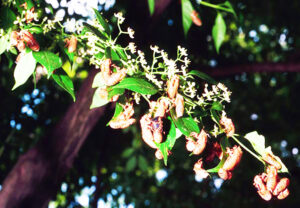
Hungry cicadas are expected to emerge from their 17-year dormancy this month to feed and mate. In past emergences, Brood XIII cicadas have been documented in 11 southern Wisconsin counties. / Photo Credit: Jim Occi, BugPics, Bugwood.org
In anticipation of the emergence of the Brood XIII periodical cicada this spring, the University of Wisconsin-Madison introduced a new Wisconsin Periodical Cicada website.
Information on the site covers the biology, ecology and distribution of these insects using photos, historical videos and other useful resources.
UW-Madison entomologist PJ Liesch sifted through 150 years of books, newspaper articles, university studies, government records and specimens in the Wisconsin Insect Research Collection to develop an updated map of Wisconsin periodical cicada reports.
Continue reading “UW-Madison Launches Website About Cicadas”

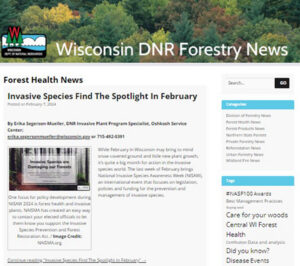
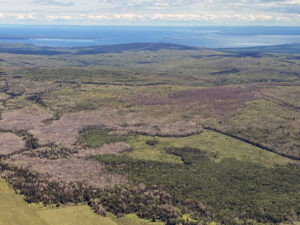
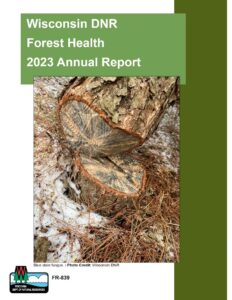
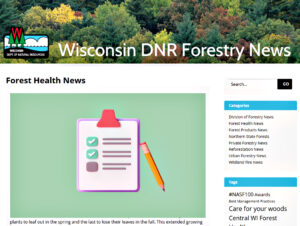

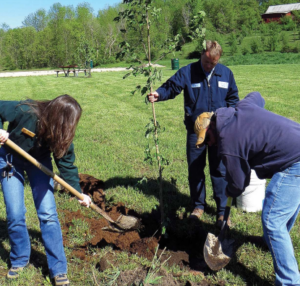 You may have participated in this survey led by DNR Urban Forestry Coordinator Don Kissinger in 2020 (if so, thank you!) Wisconsin municipalities with more than 2,500 residents were asked a series of questions about the types of trees they prefer to plant (such as root stock type and caliper size), which lesser-used species they had successfully planted, which species they cannot find but would like to plant, and whether they use a gravel bed.
You may have participated in this survey led by DNR Urban Forestry Coordinator Don Kissinger in 2020 (if so, thank you!) Wisconsin municipalities with more than 2,500 residents were asked a series of questions about the types of trees they prefer to plant (such as root stock type and caliper size), which lesser-used species they had successfully planted, which species they cannot find but would like to plant, and whether they use a gravel bed.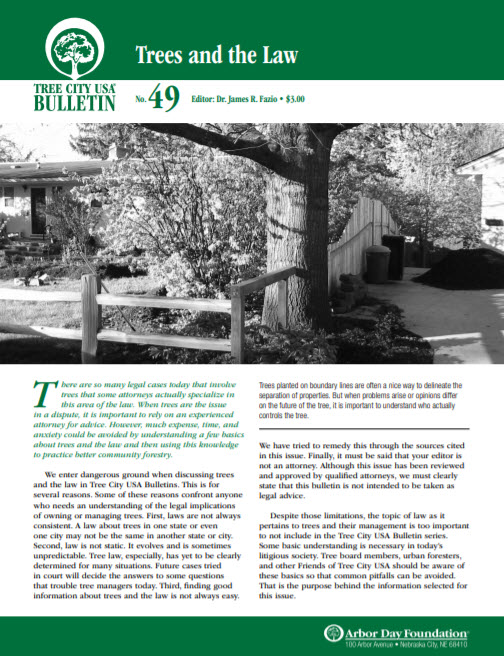 The Arbor Day Foundation publishes more than 100 Tree City USA Bulletins on a wide range of topics. They’re now available to download for FREE!
The Arbor Day Foundation publishes more than 100 Tree City USA Bulletins on a wide range of topics. They’re now available to download for FREE!